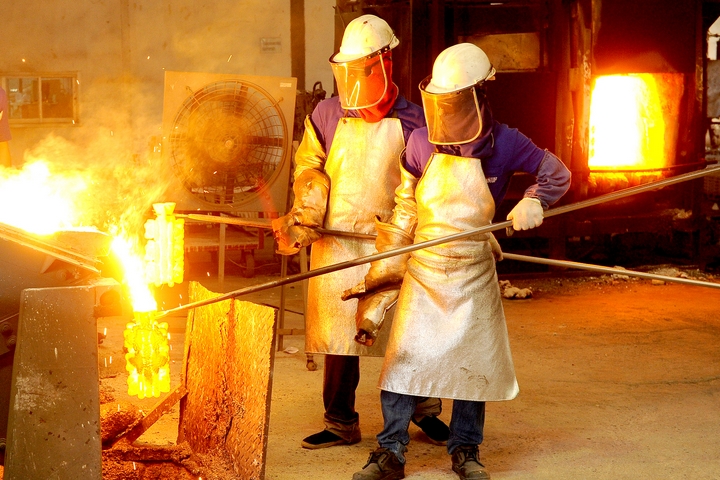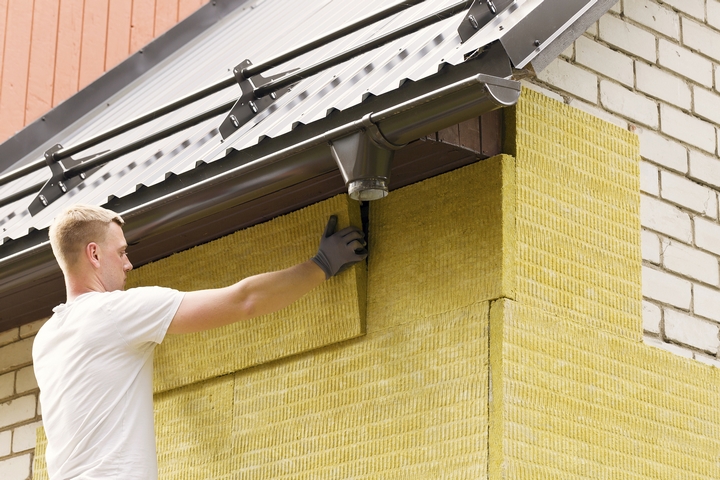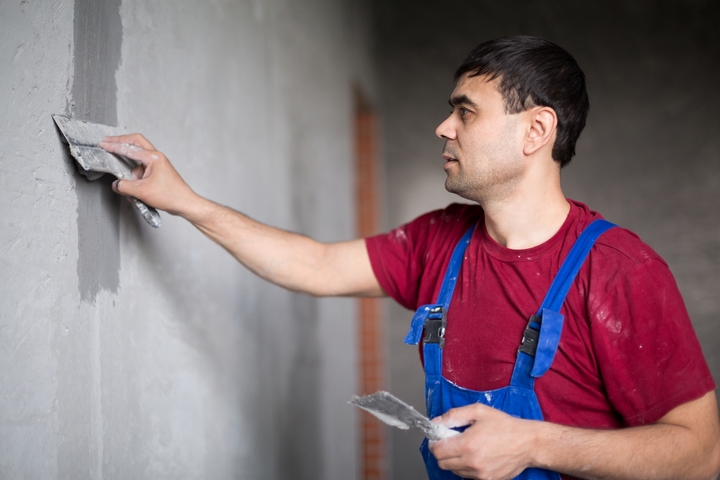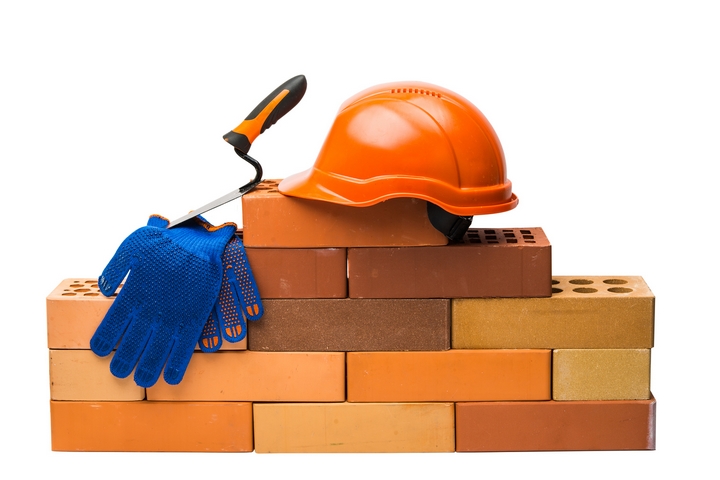There are many cheap materials you can use to build your home, but cheaper isn’t always better. Although fires are rare, it’s important to equip any home you build to survive a fire. Using the right materials in the building process can create a safe environment for your family by accounting for disasters before they happen.
This blog post takes a look at five different heat resistant materials. Some of the materials are insulation options or options for outside your home. Check out the following heat resistant materials you should use while building a house!
1. Fire Resistant Glass

Glass windows that aren’t fire resistant can shatter when they come in contact with intense sources of heat. Having your window break during a fire makes it easier for flames to enter your home and may ignite items in your home. In addition to being energy efficient, dual paned glass widowers are fire resistant. The outer layer can withstand the damage from the heat and will break before the inner layer.
Tempered glass is also a good option since its heat treated which makes it around four times stronger than regular glass. In addition to glass type, you should invest in fire-resistant window framing. Vinyl window frames will melt, but steel, aluminum, and even wood frames are effective against fire.
2. Fiberglass & Mineral Wool

The only downside of fiberglass is handling the material. It’s important to ensure you have the proper safety equipment to protect your eyes, lungs, and skin before handling fiberglass insulation. Aside from that, fiberglass is able to effectively minimize heat transfer from inside your home to outside your walls. Fiberglass is nonflammable and has R values that range from R-2.9 to 3-3.8 per inch. If you’re looking for a dependable and cost-effective insulation option, consider fiberglass.
Mineral wool is an excellent alternative or addition to fiberglass insulation. When contractors have large spaces to fill with insulation, they often use mineral wool in combination with fiberglass to save on costs. Mineral wool can refer to fiberglass made with recycled glass or rock wool which is made from basalt. Although mineral wool isn’t the most fire resistant material, it’s non-combustible, which makes it excellent in combination with fiberglass.
3. Stucco

Depending on what region you’re from, stucco may or may not be something you see on almost every home. Stucco is a type of planter that humans have been using for centuries thanks to its structural benefits and aesthetic value. Stucco can cover any building material such a brick or wood which makes it an excellent, durable fire-resistant finish for buildings.
A lot of roof overhangs are a fire hazard; however, you can reduce the risk by encasing your eaves with stucco. Stucco comes highly recommended as one of the best materials to protect your home with.
4. Brick

Brick is one of the most common building materials, but it may be out of your price range depending on where you live. If you live somewhere where the price of brick is affordable, its one of the best materials you can invest in for your home. Since bricks are making using fire, they’re definitely able to stand up against fire damage.
Although brick is held together with mortar which isn’t fire resistant, individual bricks can still protect your home from fire. Brick is a man-made material using natural ingredients, which lessens the impact of producing brick on the environment. Bricks are fired at high temperatures, so any organic materials present are destroyed.

